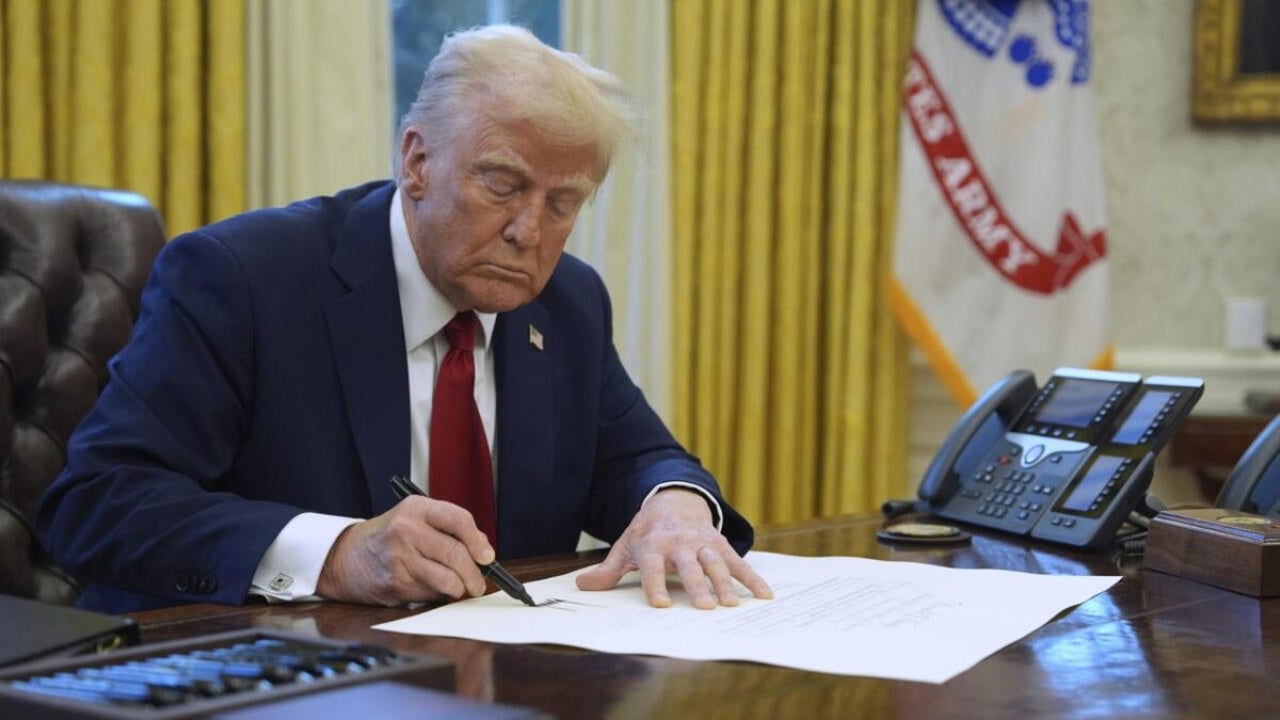The new 25% tariff on imports from Mexico and Canada threatens the wind and automotive industries

- February 13, 2025
- Updated: February 13, 2025 at 3:50 PM
Donald Trump has proposed new tariffs that would significantly impact the wind industry in the United States. The proposal includes a 25% tariff on imports from Mexico and Canada, and a 10% tariff on Chinese imports.
According to a report by Wood Mackenzie, these measures could increase the cost of wind turbines by 7% and the overall project costs by 5%. In a scenario where universal tariffs of 25% are applied, it is anticipated that the prices of wind turbines could increase by 10%.
The U.S. wind industry heavily relies on imports, especially for crucial components like blades and electrical systems.
A policy that goes against their interests
In 2023, the United States imported wind energy-related equipment totaling $1.7 billion, with 41% of this figure coming from Mexico, Canada, and China. Endri Lico, principal analyst at Wood Mackenzie, warns that protectionist policies will raise the capital costs of domestic wind projects, which could jeopardize the economic viability of some projects.
The report estimates that tariffs could lead to a 4% increase in the levelized cost of energy (LCOE) for onshore wind energy in the short term, and up to 7% in a 25% tariff scenario.
Despite the fact that tariffs are not new in the sector, the community of wind energy manufacturers is exploring alternatives to mitigate their impact. This includes restructuring supply chains and increasing localization within the U.S., as well as adjustments to their prices.
Manufacturers expect that circumstances will become clear soon in order to fully assess the impact of this tariff legislation. The industry is anticipated to take proactive measures to adapt to the changes and maintain its growth in the face of these economic challenges.
Latest from Agencias
You may also like

Nissan wants to compete with BYD in the electric car market and has news
Read more
OpenAI's rival AI has started to arrive in cars: DeepSeek R1 comes from Nissan
Read more

AI-powered multimedia intelligence: Revolutionizing clip search in Premiere Pro
Read more

The battle is here: The Wheel of Time unveils the trailer for its third season
Read more

The spiritual sequel to Bloodborne is expected in 2026
Read more

Valve warns players of possible malware after the removal of PirateFi
Read more